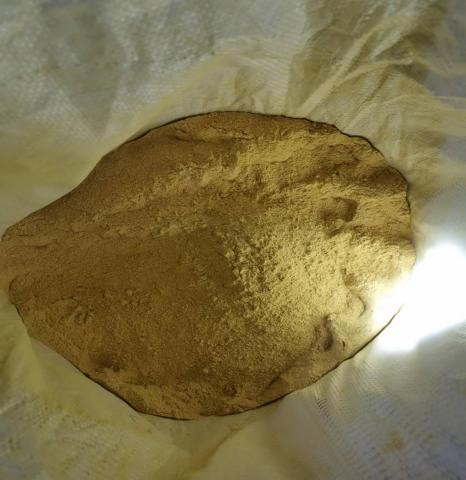



lead nitrate and potassium iodide
The Interaction of Lead Nitrate and Potassium Iodide A Chemical Exploration
Lead nitrate and potassium iodide are two inorganic compounds that exhibit fascinating chemical interactions when combined. Understanding these interactions not only enhances our knowledge of basic chemistry but also serves as a distinct illustration of precipitation reactions.
Lead nitrate, chemically represented as Pb(NO3)2, is a colorless, soluble salt commonly used in various industrial applications, including the manufacture of lead pigments and in laboratories. Potassium iodide (KI), on the other hand, is a white, crystalline salt that is highly soluble in water and is often used in medical applications, particularly as a source of iodine.
When solutions of lead nitrate and potassium iodide are mixed, an immediate reaction occurs, resulting in the formation of lead iodide (PbI2), a bright yellow precipitate, and potassium nitrate (KNO3), which remains dissolved in the solution
. The balanced chemical equation for this reaction can be represented as\[ \text{Pb(NO}_3\text{)}_2 (aq) + 2 \text{KI} (aq) \rightarrow \text{PbI}_2 (s) + 2 \text{KNO}_3 (aq) \]
lead nitrate and potassium iodide

This reaction is a classic demonstration of double displacement, where the ions of the two reactants exchange partners. The precipitation of lead iodide is visually striking and often showcased in educational settings to illustrate the concept of solubility and the formation of insoluble products.
Lead iodide is particularly notable not just for its vibrant color, but also for its unique properties. It is sparingly soluble in cold water, which means that even though it precipitates out of solution, it has limited solubility under certain conditions. The yellow precipitate can be further characterized through various analytical techniques, including filtration and crystallization.
Safety is a crucial consideration when working with these compounds. Lead nitrate is toxic and can pose significant health risks if ingested or inhaled, therefore handling it requires appropriate safety precautions, including gloves and eye protection. Similarly, potassium iodide should be used with caution, although it is less hazardous.
In summary, the interaction between lead nitrate and potassium iodide serves as an excellent example of a simple yet profound chemical reaction. Beyond the immediate visual appeal of the yellow precipitate, this reaction provides insights into the principles of solubility, chemical reactivity, and safety considerations in the laboratory. The study of such interactions fosters a deeper appreciation of the complexities and wonders of chemistry.
-
Leading Washing Powder OEM Brands | Custom Private Label DetergentNewsSep.01,2025
-
High-Purity Strontium Chloride (SrCl2) for Lab & IndustryNewsAug.31,2025
-
Anhydrous Formic Acid 80% 85% 94% - High Purity SolutionsNewsAug.30,2025
-
Accurate Fire Assay Flux for Gold & Silver Ore AnalysisNewsAug.29,2025
-
Advanced Paint Chem Solutions: Quality Chemicals for CoatingsNewsAug.28,2025
-
Potassium Nitrate: The Ultimate Fertilizer for Agriculture and GardeningNewsAug.25,2025
-
Potasium Persulphate: A Versatile Chemical for Industrial ApplicationsNewsAug.25,2025










